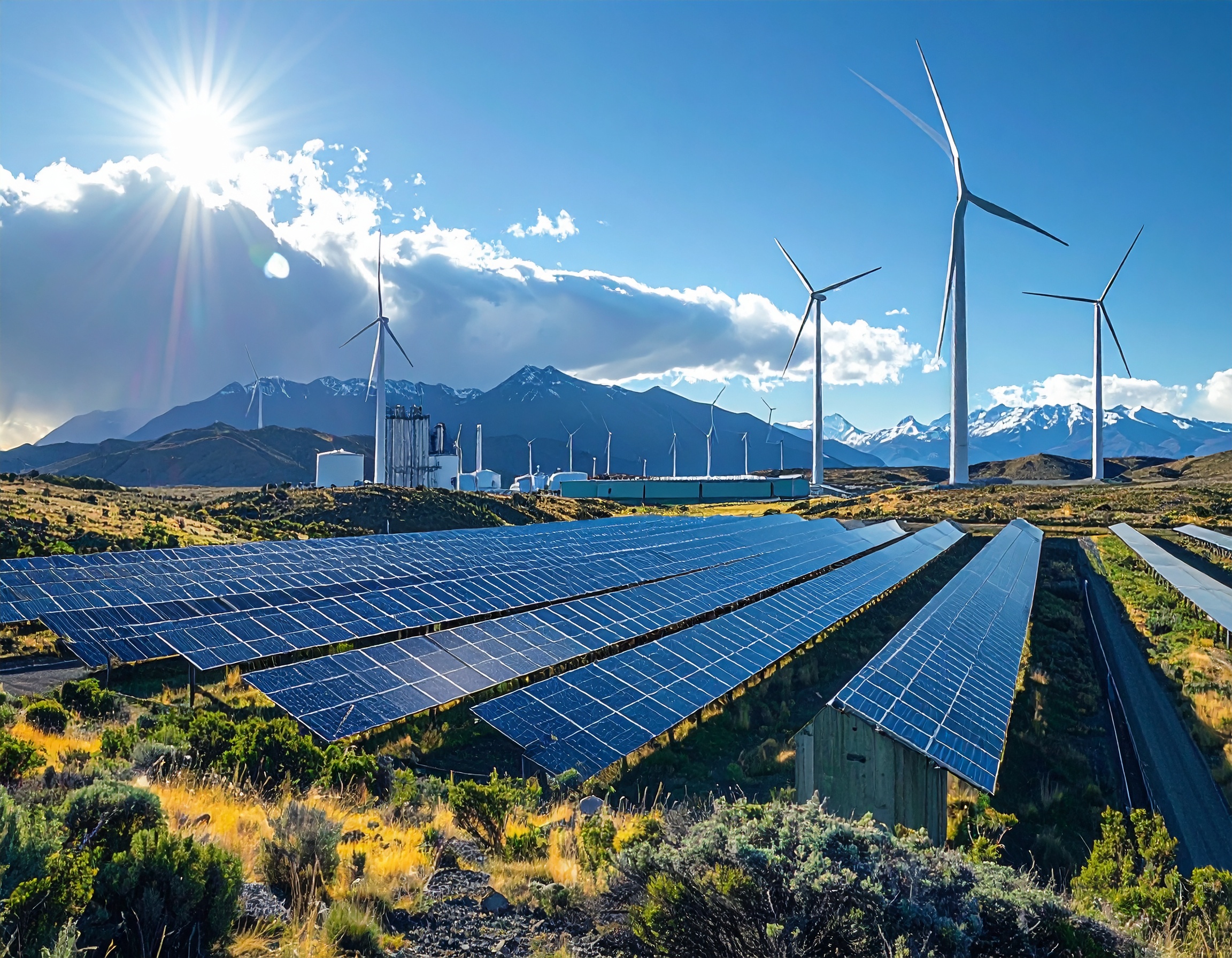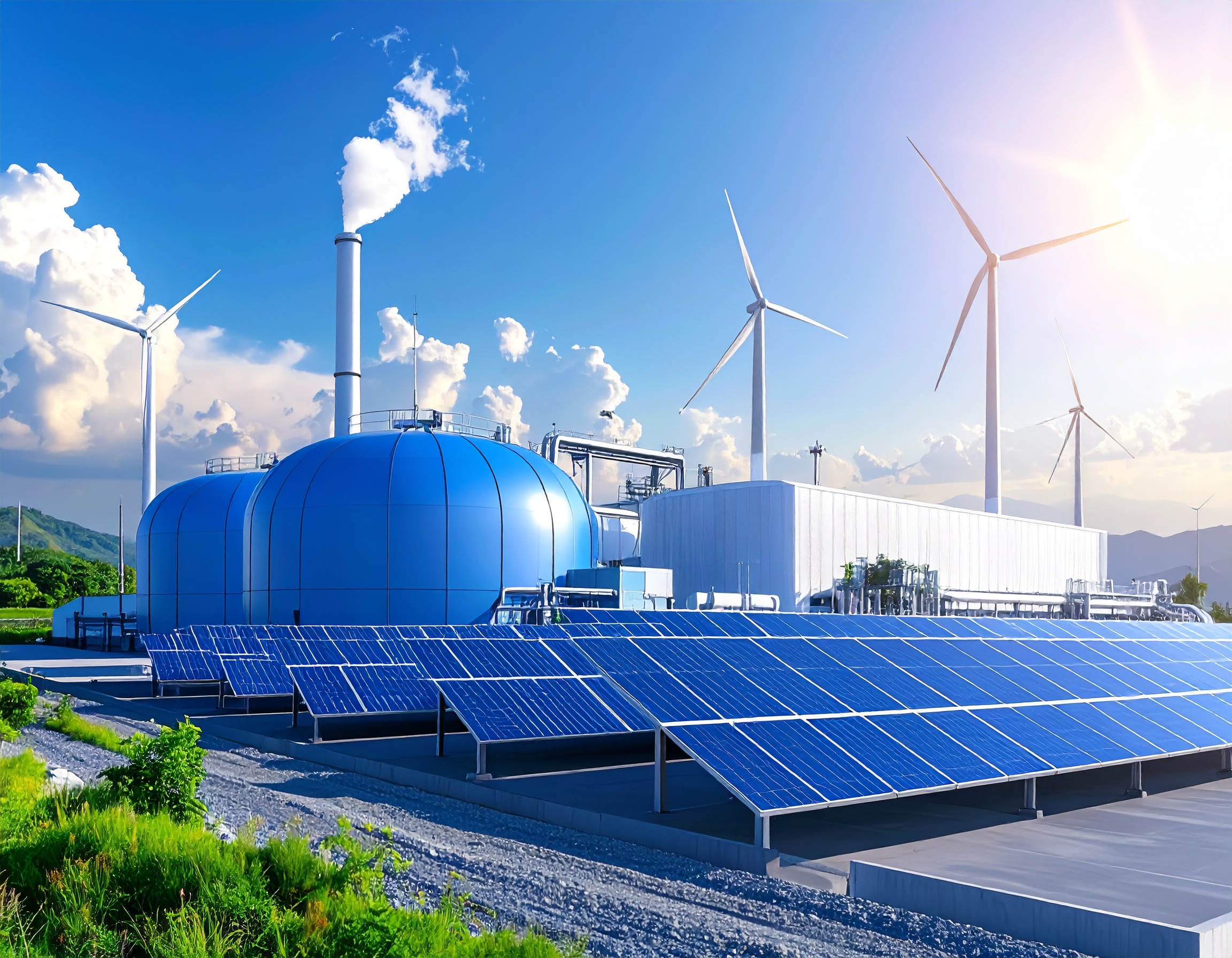Europe’s Green Hydrogen Rush in Chile Raises Environmental Concerns Amid Economic Boom

As Europe and the UK invest billions in Chile’s green hydrogen sector, a debate is emerging over whether the country’s renewable energy boom comes at too high a cost for local communities and ecosystems. While the Chilean government celebrates the promise of economic growth, some environmentalists and residents warn of “green colonialism” and potential harm to Patagonia’s fragile landscapes and wildlife.
For generations, Alfonso Campos’s family has raised sheep in the open grasslands of San Gregorio in southern Chile’s Magallanes region. Today, he faces the prospect of wind farms, solar parks, ammonia storage, hydrogen plants, desalination facilities, and gas pipelines surrounding his property. “If ammonia leaks, it will poison everything,” Campos says. “The noise of the wind turbines will also disturb the animals, and the landscape will be turned into an industrial desert.”
European and British companies have announced more than 50 green hydrogen projects across Chile, primarily in Patagonia and the northern Atacama Desert. These megaprojects aim to produce green hydrogen and green ammonia, renewable fuels created using electricity from wind, solar, and other low-carbon energy sources. Green hydrogen can be used directly as a clean fuel or converted into green ammonia for industrial applications, fertilizers, and e-fuels for transport.
The European Union plans to import 10 million tonnes of green hydrogen by 2030, with Chile identified as a key supplier. In 2023, EU Commission President Ursula von der Leyen signed a €225 million agreement to support Chilean green hydrogen development, while the UK has pledged £5 billion in export credits. Companies such as TotalEnergies, HNH Energy, EDF, Porsche, and Acciona Nordex are investing billions in large-scale projects that include hundreds of wind turbines, solar farms, desalination plants, and hydrogen production facilities.
The Chilean government emphasizes the economic benefits, projecting thousands of new jobs and a growing green energy industry. Alejandro Villegas, a former gas industry worker, says, “It will bring high-quality jobs and a clean source of energy.” Energy Minister Álvaro García adds: “Chile has a historic opportunity to create a world-class green hydrogen industry that adheres to the highest environmental standards while contributing to global carbon reduction goals.”
Yet researchers, environmentalists, and community leaders caution that the rapid expansion could threaten ecosystems and local livelihoods. Marine biologist Carmen Espoz Larraín warns that desalination plants could discharge highly saline water, endangering whales, sea lions, dolphins, and migratory birds in the Magellan Strait. Ornithologist Ricardo Matus notes that large-scale wind farms risk harming tens of thousands of birds, including endangered species.
Indigenous communities in northern Chile’s Taltal region also voice concerns about solar farms altering weather patterns, harming wildlife, and polluting the coast. “We are a fishing community,” says Brenda Gutiérrez, president of the Pabla Almendares de Peralito Indigenous community. “We don’t want a dead seabed, bleached white by salt and chemicals. The sea is our life.”
As Chile positions itself as a global green hydrogen hub, balancing economic growth with environmental protection and social responsibility remains a critical challenge. The coming years will determine whether Chile’s renewable energy ambitions can truly be sustainable—for both people and the planet.
Source: The Guardian – original story by Grace Livingstone, used with attribution.
Full article: theguardian.com

